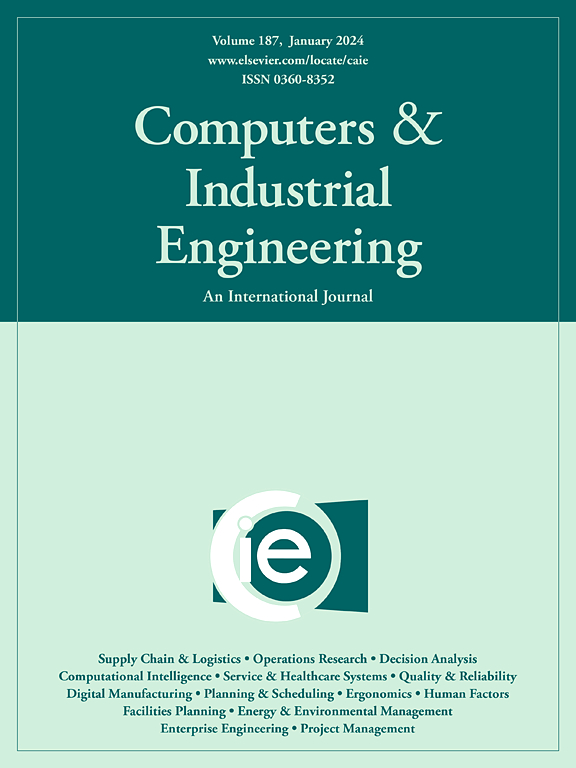Assessing product and warranty sales: Impact of assessments and supply chains
IF 6.7
1区 工程技术
Q1 COMPUTER SCIENCE, INTERDISCIPLINARY APPLICATIONS
引用次数: 0
Abstract
Extended warranties are widely utilized in our lives to help mitigate potential losses. They can be offered either by the manufacturer (in supply chain M) or by a platform (in supply chain R). The decision of a customer to purchase an extended warranty primarily depends on the perceived quality. Customers derive their perceived quality through online assessments of the product found on video-sharing platforms. However, both unbiased and biased online assessments can lead to varying perceptions among customers. In this paper, we propose four models based on two assessments (biased and unbiased) and two supply chain structures (supply chain M and supply chain R). Furthermore, to explore the endogenous nature of biased assessments, we investigate the sponsorship dynamics concerning online assessment bloggers. Key findings include: (1) Underestimation (overestimation) can lead to reduced (increased) profits for both the manufacturer and the platform in supply chain M. However, in supply chain R, underestimation (overestimation) may prove advantageous (detrimental) for the platform. (2) Under unbiased assessments, the optimal retail price of a product in supply chain R consistently surpasses that in supply chain M. With biased assessments, when the actual quality is relatively high, the manufacturer earns more in supply chain M, while the platform earns more in supply chain R. (3) Sponsorship costs escalate with higher actual quality, prompting the manufacturer to allocate a higher sponsorship budget compared to the platform. (4) The extended warranty provider is advised against sponsoring online assessment bloggers. Conversely, the party not providing the extended warranty is recommended for sponsorship of bloggers.
求助全文
约1分钟内获得全文
求助全文
来源期刊

Computers & Industrial Engineering
工程技术-工程:工业
CiteScore
12.70
自引率
12.70%
发文量
794
审稿时长
10.6 months
期刊介绍:
Computers & Industrial Engineering (CAIE) is dedicated to researchers, educators, and practitioners in industrial engineering and related fields. Pioneering the integration of computers in research, education, and practice, industrial engineering has evolved to make computers and electronic communication integral to its domain. CAIE publishes original contributions focusing on the development of novel computerized methodologies to address industrial engineering problems. It also highlights the applications of these methodologies to issues within the broader industrial engineering and associated communities. The journal actively encourages submissions that push the boundaries of fundamental theories and concepts in industrial engineering techniques.
 求助内容:
求助内容: 应助结果提醒方式:
应助结果提醒方式:


